
The East Bohemian Museum is preparing an exhibition about architect Josef Gočár
Pardubice – The East Bohemian Museum in Pardubice is preparing an exhibition in April about the architect Josef Gočár, who was connected both professionally and personally with the Pardubice region. The exhibition will also showcase his brother-in-law and businessman Josef Binko. This was stated by the architect's great-granddaughter Marie Fiřtová, who contributed to the exhibition.
Gočár lived from 1880 to 1945. He is one of the most distinctive creators of Czech modern architecture, known for his cubist and functionalist works. His birthplace was Semín in Pardubice, and he was the son of the brewer of the Semín brewery.
"In his wartime correspondence, he reminisced about what his home was, that only Semín near Pardubice. Then he lived in Bohdaneč, his wife was from Pardubice. When he went on family trips, it was always to Pardubice," said Fiřtová, who is a historian of art by profession and who has researched the family archives.
The exhibition will focus on the relationship between the builder and the entrepreneur, but also on the family ties of both men. Josef Gočár, Josef Binko, and his brother all married Tereza, Marie, and Antonie Chladovy, the daughters of the tenant of the Pardubice castle brewery.
According to Fiřtová, Josef Binko recognized Gočár's extraordinary talent and commissioned him to design a family villa. The red villa in Krucemburk in the Havlíčkův Brod region was Gočár's first independent work. He combined elements of Moravian folk cottages with an English country house. "Josef Binko was educated, cultured, sophisticated, he recognized the qualities that young Gočár possessed," said Fiřtová.
In addition to family ties, the architect and the businessman, who owned a tannery, also met for work. During World War I, Josef Binko took care of Gočár's Prague Art Workshops, and they met again during the First Republic while constructing the tannery school in Hradec Králové.
The exhibition will also present small items from the family legacy, Gočár's glasses, his childhood shoes, Maria Gočárová’s parasol, but mainly the diary entries of Gočár's wife.
"She was very literarily gifted. She also describes the background of Josef Gočár's buildings from a female perspective. In the preserved correspondence from World War I, they beautifully revealed their personalities; Gočár was not just a renowned architect in it, but a flesh-and-blood person troubled by something, sharing it with his wife," stated Fiřtová.
The exhibition will also show materials related to leather and tanning, which had been a family tradition of Josef Binko since the 17th century. Thanks to capital, the family could engage in patronage and the arts. The exhibition will start on April 26 and end on August 31. It is part of a series that explores the relationship between industry and art in the first half of the 20th century. It intertwines the life stories of artists and their supporters, who were often wealthy industrialists.
Gočár lived from 1880 to 1945. He is one of the most distinctive creators of Czech modern architecture, known for his cubist and functionalist works. His birthplace was Semín in Pardubice, and he was the son of the brewer of the Semín brewery.
"In his wartime correspondence, he reminisced about what his home was, that only Semín near Pardubice. Then he lived in Bohdaneč, his wife was from Pardubice. When he went on family trips, it was always to Pardubice," said Fiřtová, who is a historian of art by profession and who has researched the family archives.
The exhibition will focus on the relationship between the builder and the entrepreneur, but also on the family ties of both men. Josef Gočár, Josef Binko, and his brother all married Tereza, Marie, and Antonie Chladovy, the daughters of the tenant of the Pardubice castle brewery.
According to Fiřtová, Josef Binko recognized Gočár's extraordinary talent and commissioned him to design a family villa. The red villa in Krucemburk in the Havlíčkův Brod region was Gočár's first independent work. He combined elements of Moravian folk cottages with an English country house. "Josef Binko was educated, cultured, sophisticated, he recognized the qualities that young Gočár possessed," said Fiřtová.
In addition to family ties, the architect and the businessman, who owned a tannery, also met for work. During World War I, Josef Binko took care of Gočár's Prague Art Workshops, and they met again during the First Republic while constructing the tannery school in Hradec Králové.
The exhibition will also present small items from the family legacy, Gočár's glasses, his childhood shoes, Maria Gočárová’s parasol, but mainly the diary entries of Gočár's wife.
"She was very literarily gifted. She also describes the background of Josef Gočár's buildings from a female perspective. In the preserved correspondence from World War I, they beautifully revealed their personalities; Gočár was not just a renowned architect in it, but a flesh-and-blood person troubled by something, sharing it with his wife," stated Fiřtová.
The exhibition will also show materials related to leather and tanning, which had been a family tradition of Josef Binko since the 17th century. Thanks to capital, the family could engage in patronage and the arts. The exhibition will start on April 26 and end on August 31. It is part of a series that explores the relationship between industry and art in the first half of the 20th century. It intertwines the life stories of artists and their supporters, who were often wealthy industrialists.
The English translation is powered by AI tool. Switch to Czech to view the original text source.

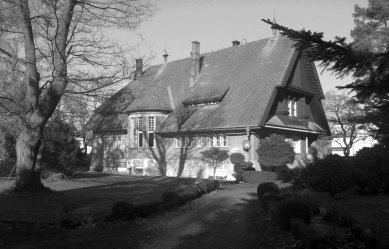
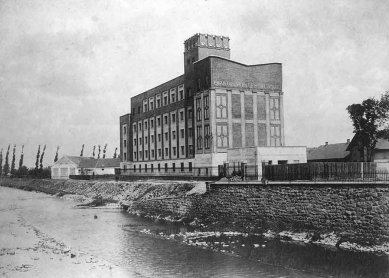
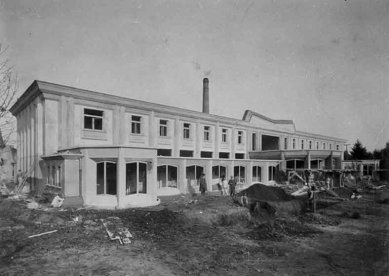
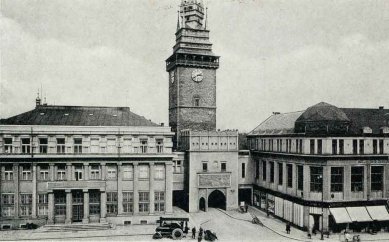
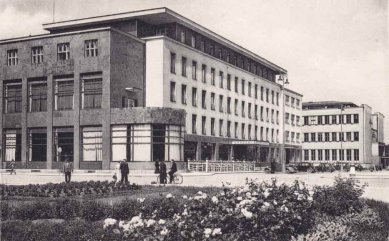
0 comments
add comment











